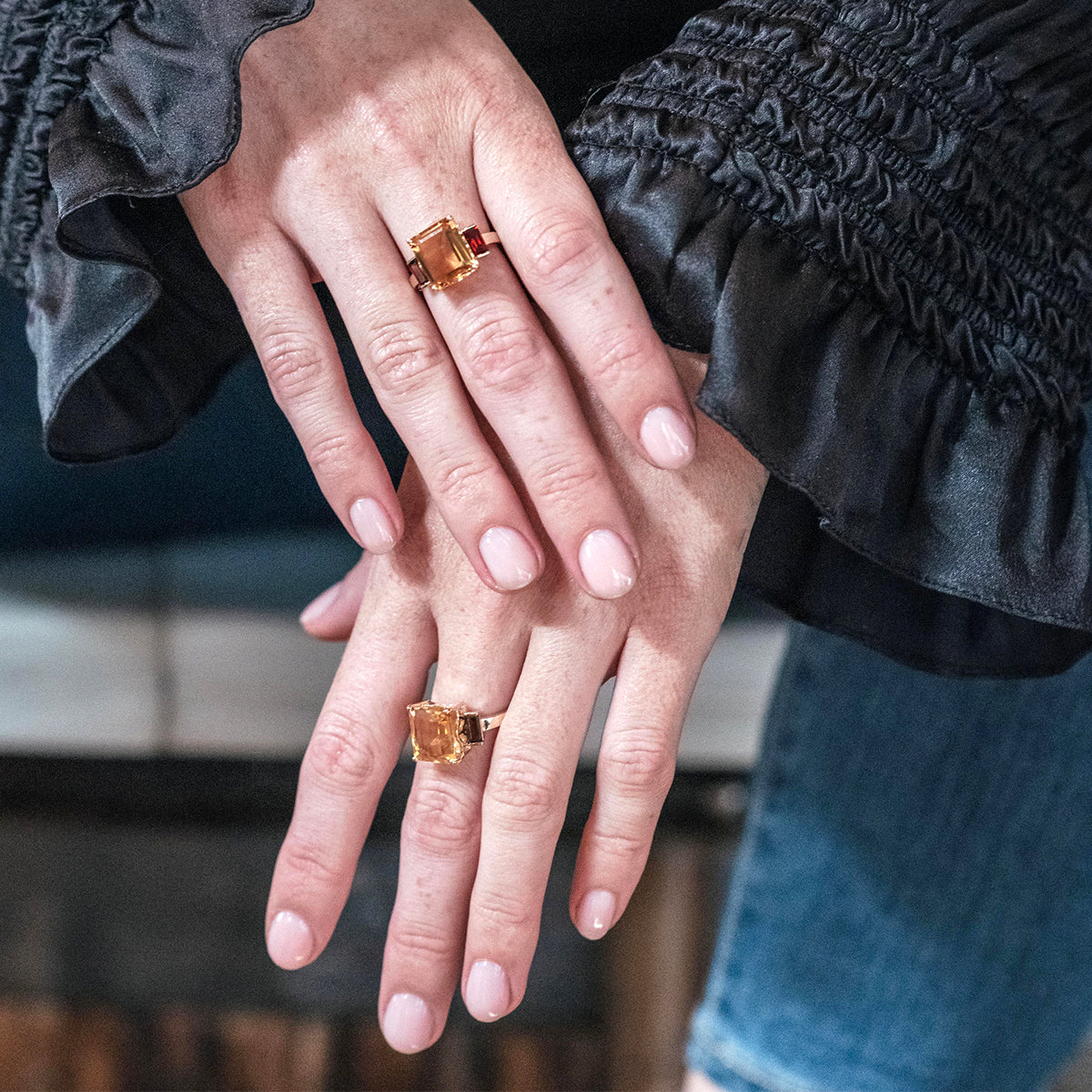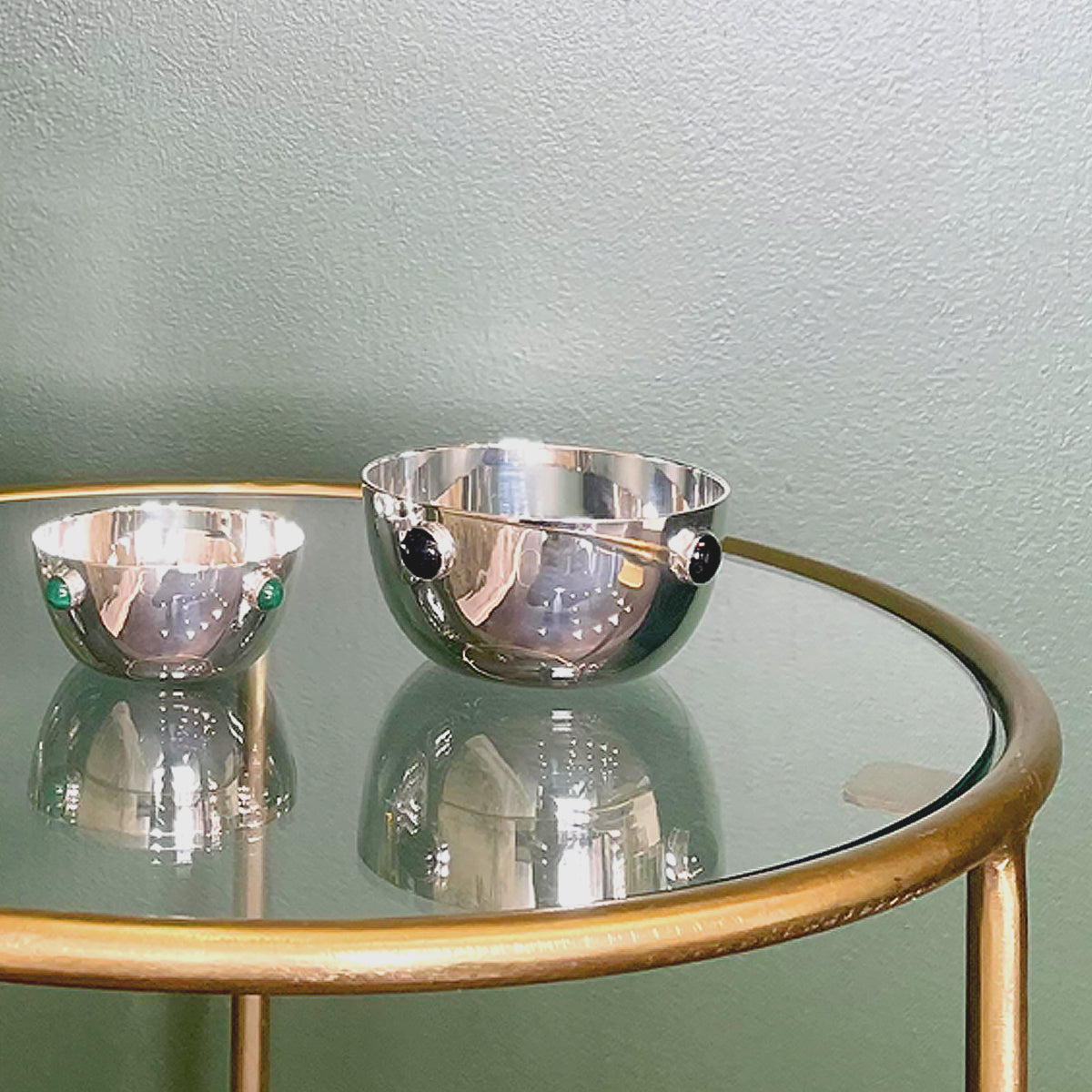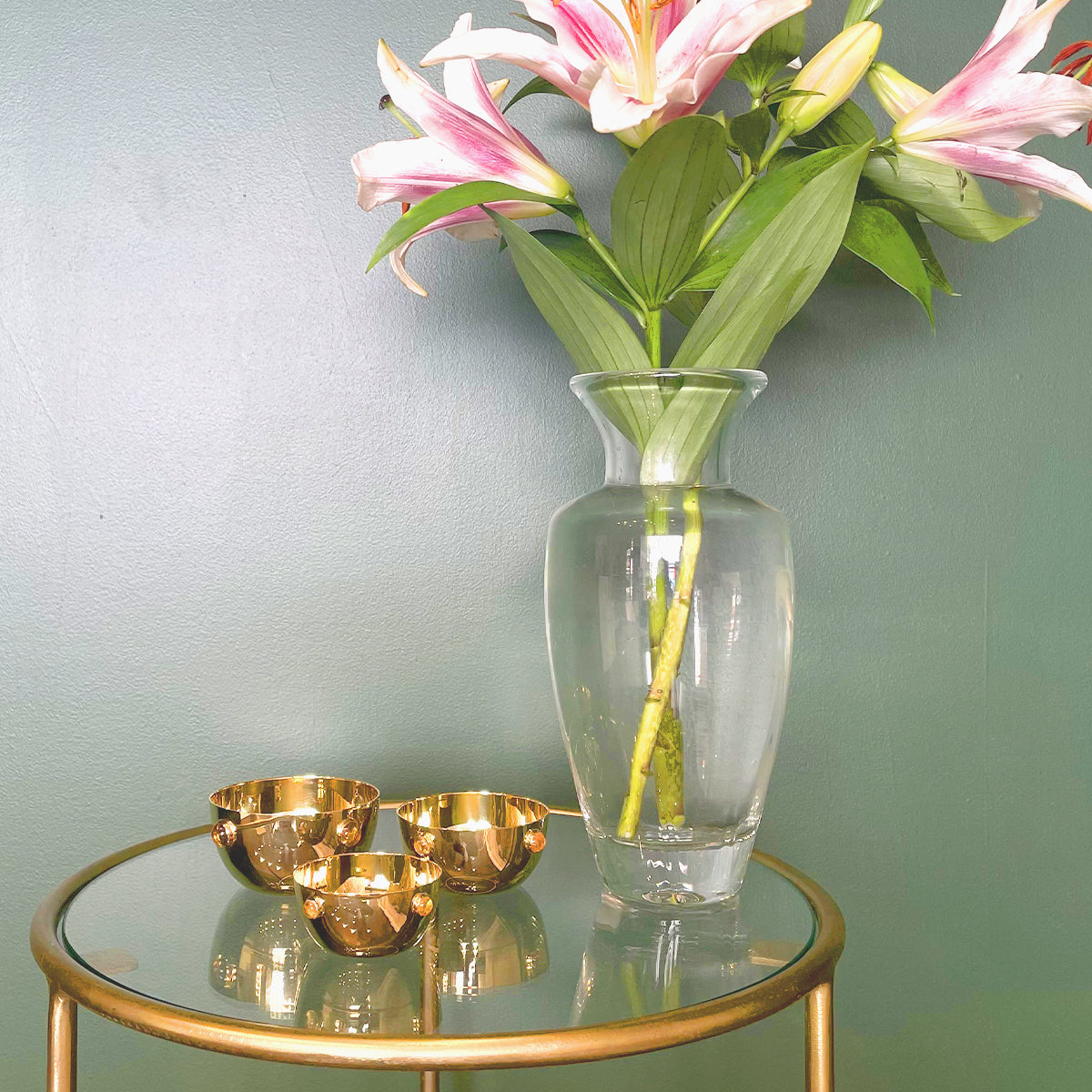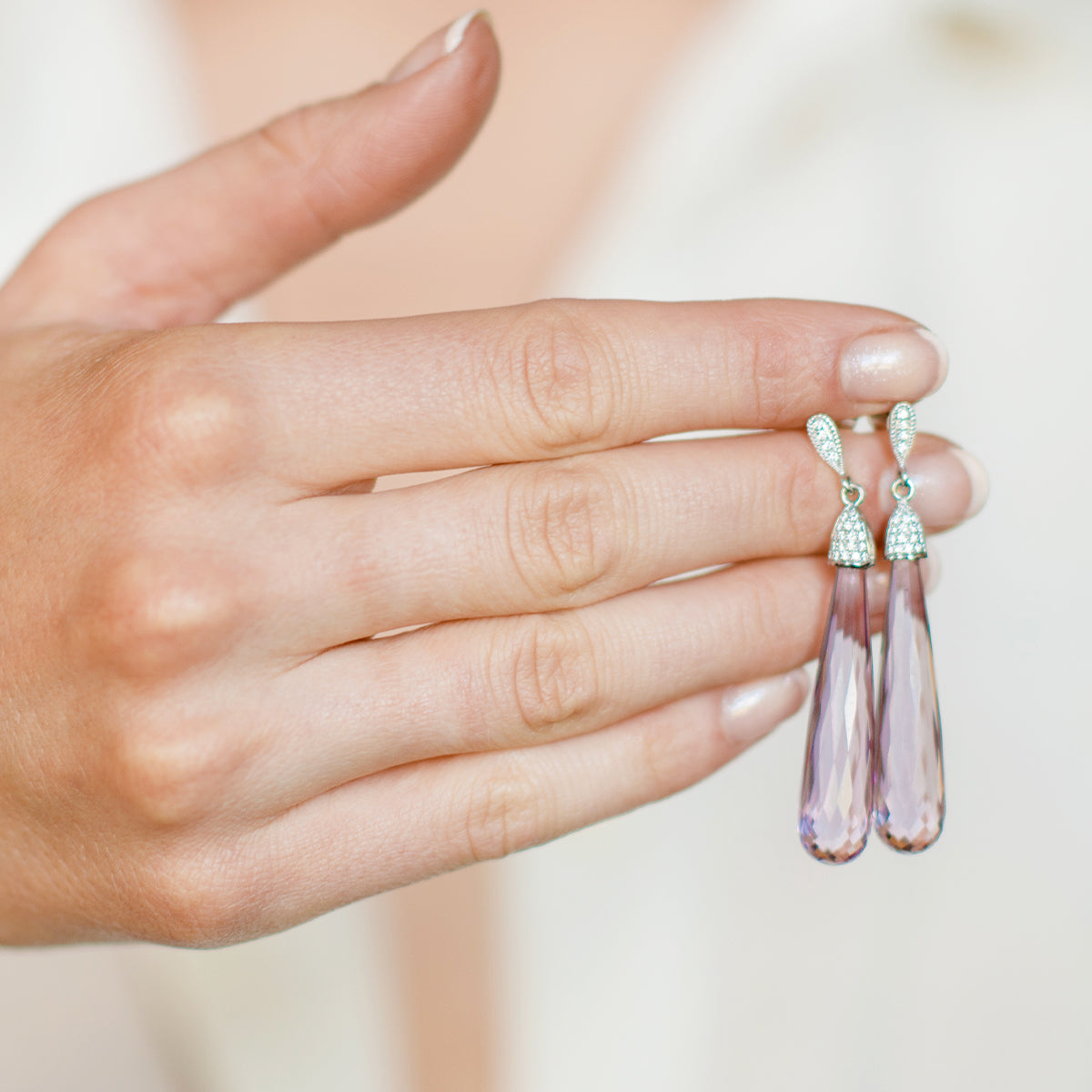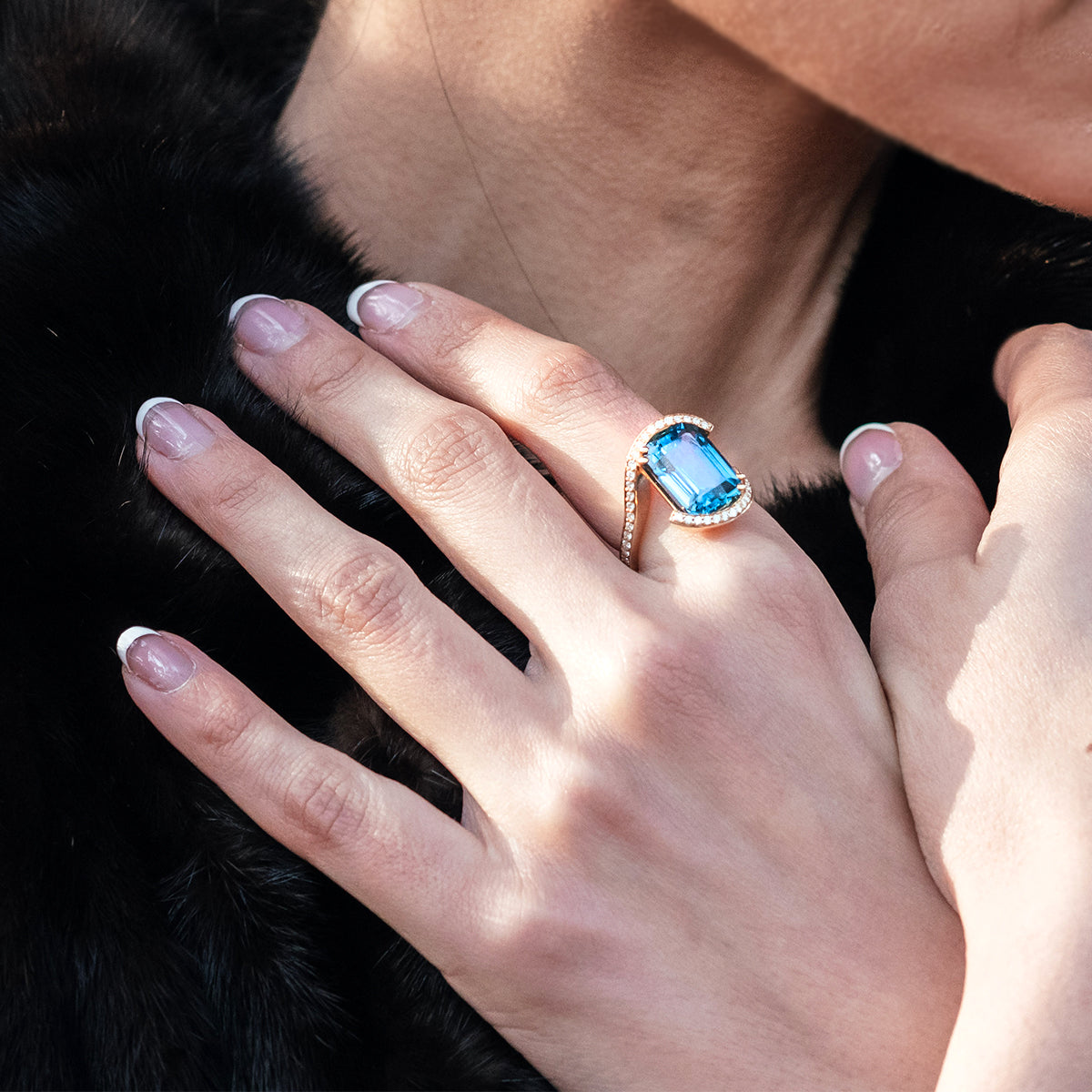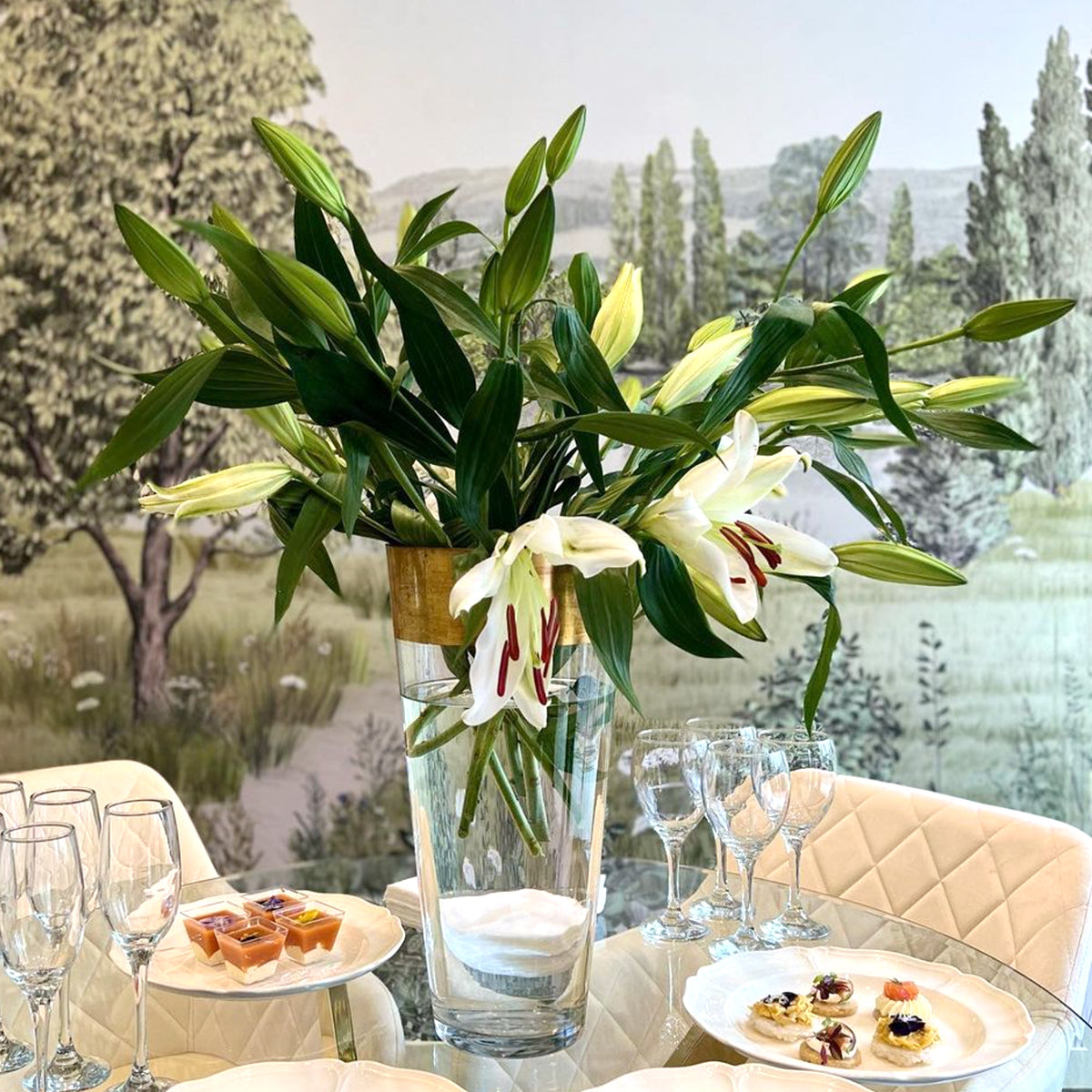"For in them you shall see the living fire of ruby, the glorious purple of the amethyst, the sea-green of the emerald, all glittering together in an incredible mixture of light."
Pliny, 1st Century AD.
The opal, one of the birthstones of October, is certainly a one of a kind gem. As Pliny describes, the gorgeous stone might initially appear to be monochromatic, but upon closer inspection it conceals all the colours of the rainbow beneath its milky exterior. Because of its mystical nature, we have found that many people hold several misconceptions about Opals. We are here to dispel these myths and guide you through some of the most fascinating facts about the beautiful birthstone.
- Out of this World
Australian Opal is definitely the most well-known variety of this gemstone, but did you know that Opal can also be found outside of Planet Earth? Martian Opal is supposed to be very beautiful… Although we haven’t managed to discover a way of mining it just yet!
- Opals and Ancient Mythology
Centuries of Ancient civilisations before us have tried to explain the miraculous beauty of opals. Many of these theories suggest that this precious stone is related to the gods themselves. Australian Aborigines tell stories of Opals growing in the place where the Ancestral Being was sent down to earth on a rainbow, whereas Ancient Greeks believe that the stone was created the tears shed by Zeus after he defeated the Titans.
- One for a Rainy Day
It turns out the Greeks weren’t too far off with their tear-jerking theory. Instead of being made from a god’s tears hitting the rocky ground, opals are actually created when rainwater fills crevasses in boulders. As the water components evaporate, a substance called silica is left behind, which hardens and is compressed by the rock to form opals.
- Crown Jewel
With its kaleidoscope of colours and regal hues, it should hardly come as a surprise that opal was Queen Victoria’s favourite gemstone. She preferred it over her ruby, sapphire and diamond creations. This royal seal of approval has rightfully cemented the opal’s moniker as ‘the Queen of Gemstones’.
- Lucky Charm
Through obscure folklore started by competing gemstone sellers in the 19th Century, some people have come to believe the superstition that opals generate bad luck for their wearer. At Augustine Jewels we're here to assure you that this could not be further from the truth. Ancient Romans, Greeks and Aboriginal peoples all viewed opals as protective talismans. We choose to believe in the longer-standing myth.
